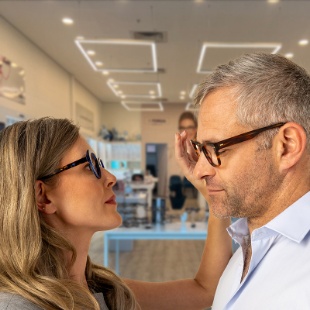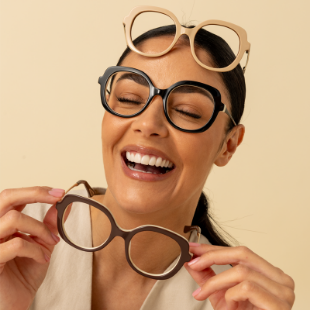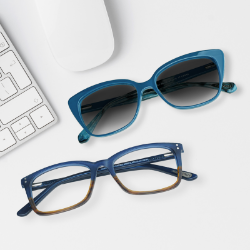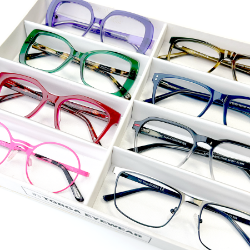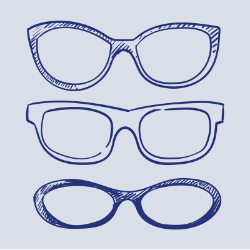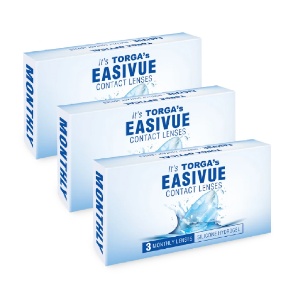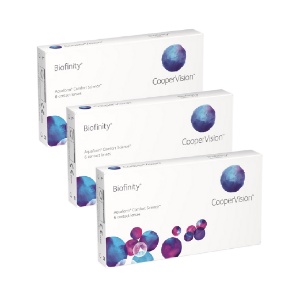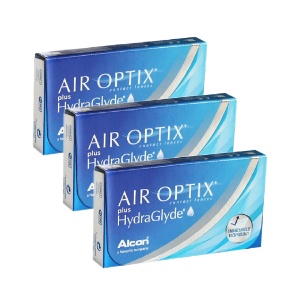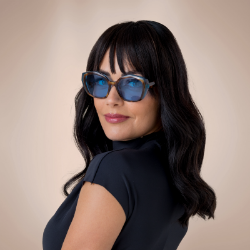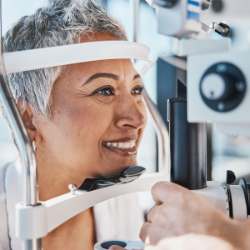Which rays do the sun emit and how much are we exposed to?
The sun emits different light components that consist of visible light, infrared light and ultraviolet radiation. Ultraviolet radiation is what we need to protect ourselves from, especially Ultraviolet A (UVA) and Ultraviolet B (UVB) as they do manage to reach the earth’s surface unlike Ultraviolet C (UVC) rays. Though the atmosphere does its best to protect us - we too have to do our part.
How can the sun affect our eyes?
Just as much as we protect our skin from too much exposure to the sun that can cause sunburn, skin cancer and even wrinkled dull skin, our eyes are equally affected. Too much exposure to UV rays can increase our risk of developing cataracts and macular degeneration. Research has confirmed that UVB light is directly related to the development of cataracts. Furthermore, it can cause tissue elevations on the surface of the eye called pinguecula and pterygia. AND yes! Eye sunburn is real - officially called photokeratitis where the cornea and conjunctiva are affected, it presents with symptoms of eye pain, redness, blurry vision, watery and gritty eye sensation. Too much UV exposure can also cause skin cancers of the eyelids.
The below image is showing a pingecula, which presents as a yellow sometimes transparent raised tissue on the white part of the eye due to excessive and prolonged exposure to the sun.
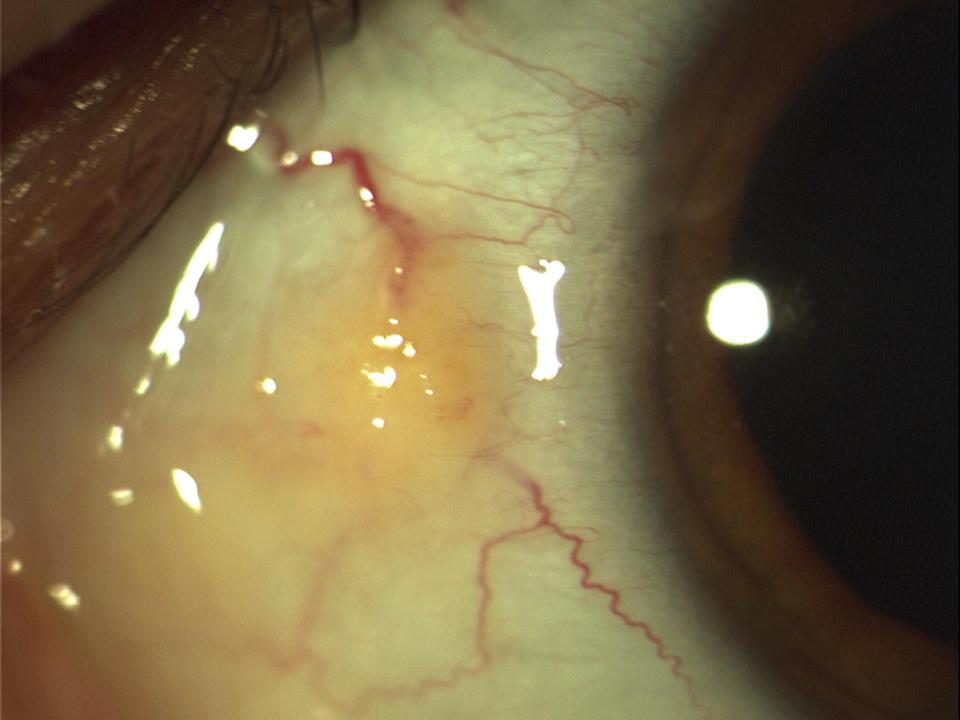
The above image is showing a pteryguim which is a tissue growing towards the cornear due to excessive and prolonged exposure of UV rays.
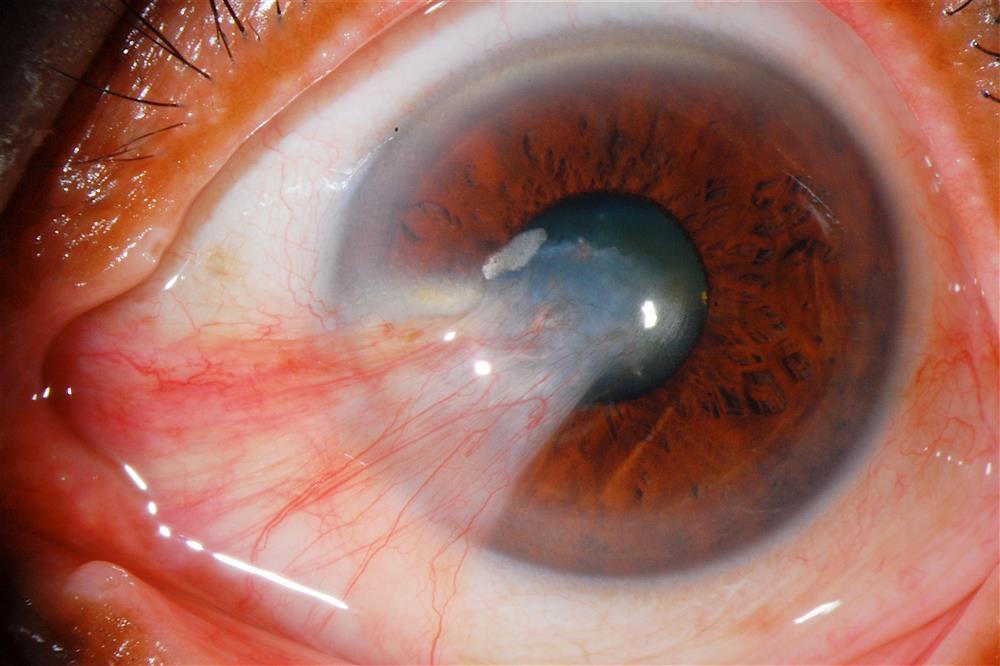
How can we protect our eyes from the sun?
Sunglasses, sunglasses, sunglasses!!! Just as you protect your skin with sunscreen, sunglasses work just the same especially because you can’t apply sunscreen on your eyes right? Your eyes are even more delicate, so sunglasses with UVA and UVB protection would be life-changing for anyone. Wrap-around sunglasses or sunglasses with side panels can help block almost all rays from the sun.
As an FYI, you are still exposed to UV rays even on a cloudy day as they can penetrate through so avoid looking directly into the sun or exposing yourself more than necessary.
In summary, investing in a quality pair of UV protective sunglasses is also investing in a healthy pair of eyes. Sunglasses offer sun protection while keeping you cool and styled up as a bonus. Or you can get Torga Optical UV420 blue light protection glasses at a discounted rate.
https://www.torgaoptical.co.za/uv420-blue-light-protection-voucher use this link to redeem your voucher to use in store!
This blog post was compiled with information provided by Nonhle Nxumalo, a qualifed and registered optometrist.

